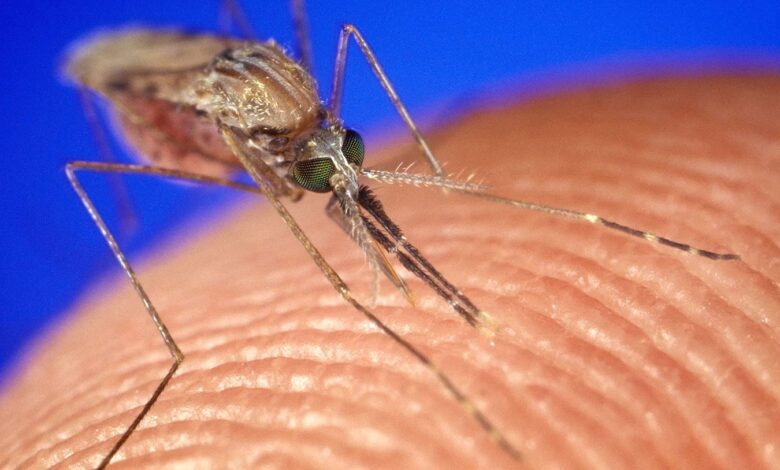Certain soapy fragrances make you a better target for mosquitoes
The study revealed that soap, rather than natural body odor, contributes to over 60% of the scents detected after washing.

A recent study conducted by Virginia Tech’s College of Agriculture and Life Sciences has uncovered a surprising link between soap fragrances and mosquito attraction. The study suggests that specific types of soap can make individuals more appealing to mosquitoes, while others can actually reduce their attractiveness.
Led by Clement Vinauger, the research team explored the impact of soap scents on mosquito behavior. They discovered that fragrances commonly found in soap can significantly alter a person’s attractiveness to mosquitoes. Mosquitoes often rely on volatile organic compounds (VOCs) emitted by plants and animal hosts to locate sources of nutrients, and the researchers hypothesized that soap fragrances might play a role in this attraction.
To investigate this connection, the team enlisted four volunteers and examined their scent profiles both before and after using various soaps, including Dial, Dove, Native, and Simple Truth.
Experiments were conducted using a meshed cage containing two cups of odor extracts. The mosquitoes were given a choice between unwashed scents collected from individuals and their scents after washing with soap. Through repeated tests with different scent combinations, the researchers found that three out of the four soaps increased mosquito attractiveness, while one soap had the opposite effect, reducing their attraction.
Notably, all of the soaps evaluated in the study had fruity or floral fragrances, except for the coconut-scented soap, which was found to decrease mosquito attractiveness. However, the researchers cautioned that soap is just one factor among many that influence mosquito attraction.
These findings shed new light on the complex chemical interactions between human body odors and soap fragrances, providing insights into how mosquitoes perceive and locate hosts. While further research is needed to fully understand the underlying mechanisms.



